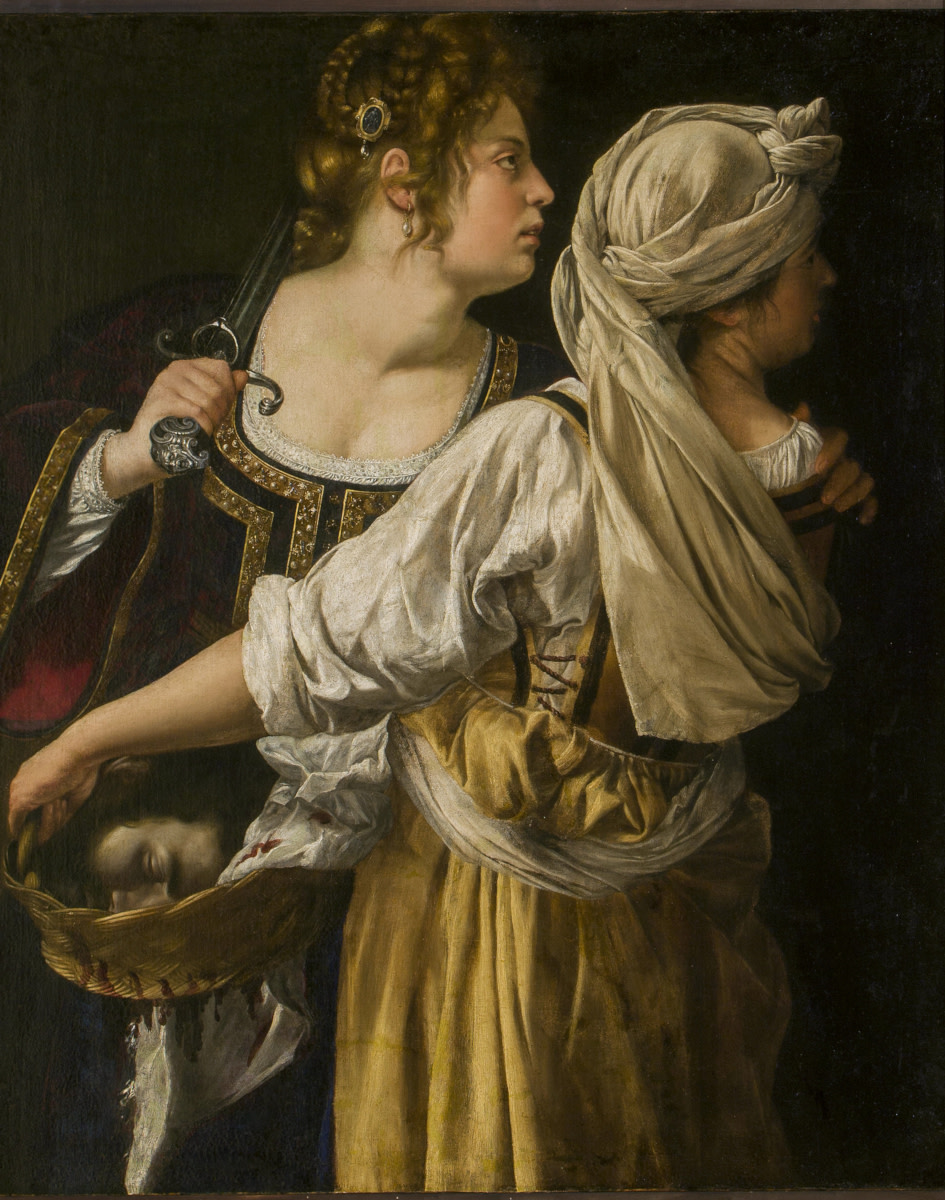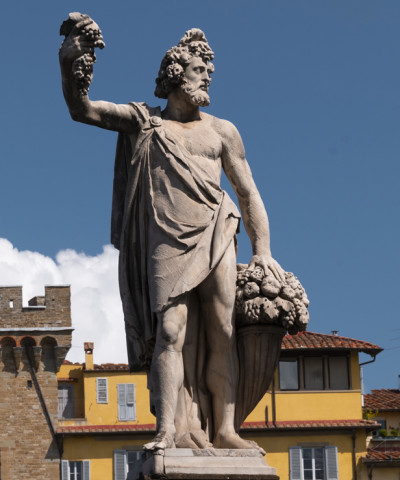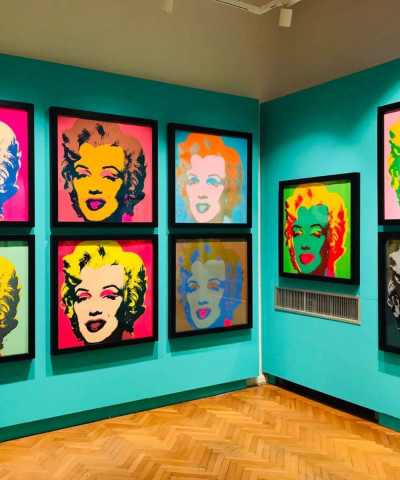Women of the Renaissance
An amazing time journey to discover the ladies like muses
Between the sixteenth and eighteenth centuries women begin to occupy spaces of high society, protagonists of historical events, and in some cases even wars. Due to the dynamics of royal lineage, Renaissance women entering politics are duchesses, Marquis, princesses or queens. Sovereign respected, feared or countesses literary ideals, here are some of Renaissance women who have left a trace in history and in our Florence.
 Sandro Botticelli, Simonetta Cattaneo Vespucci
Sandro Botticelli, Simonetta Cattaneo Vespucci Simonetta Cattaneo Vespucci (Fezzano, January 28 (?) 1453 - Florence, April 26, 1476)
Born in 1453 in Portovenere from a patrician family of Genoese merchant. Stay at the court of Piombino and married at sixteen, with Mark the cousin of the navigator Amerigo Vespucci (which gave its name to the New World). Lives in Florence from 1469 to 1476 in the small circle of the Medici court, when it is struck by pneumonia that leads to a premature death at the age of twenty-three years. Loved by brothers Lorenzo and Giuliano de Medici and Alfonso of Aragon, is celebrated in verse by De Medici and Poliziano in his work the rooms and immortalized by the painter Botticelli The Birth of Venus, Primavera and the Dream of Julian the Poliziano had suggested to Botticelli. At his death he wrote the great artist to be buried at her feet, in fact he was buried in the church of All Saints, patronata the Vespucci family.
 Artemisia Gentileschi, Giuditta con la sua ancella
Artemisia Gentileschi, Giuditta con la sua ancellaArtemisia Gentileschi (Rome 1593 - Naples 1652/53)
Roman painter (baptized in the parish church of San Lorenzo in Lucina), founded by the painter Orazio Gentileschi, Pisa then thirty, and Prudence Montone, who died when she was twelve. First of six children (all boys), is taught at a very early age to painting by his father, a follower of Caravaggio. Marry the Florentine Pierantonio Stiattesi and moved to Florence. But traveling a lot between Rome and Florence, producing a series of works - like Mary Magdalene and Judith and Holofernes, now in the Uffizi Gallery-in which the influence is considerable paternal. In 1621 part of the father to Genoa, the following year he returned to Rome to remain there three years. In 1627 he moved to Naples about where his works are having some success. Also here Artemisia way to establish fruitful cultural exchanges with local artists such as Bernardo Cavallino, Massimo Stanzione, Francesco Guarino. The influence of the current nature in vogue at the time in Naples becomes powerfully present in the works of the period (Judith and her maid, Bathsheba Bathing, Birth of John the Baptist and the Stories of San Gennaro). Between 1639 and 1641 he went to England to assist the elderly and ill father until the latter's death, working on several occasions for the court and the aristocracy.
 Pio Fedi (1816-1892) Dionora de Bardi and Ippolito Buondelmonti
Pio Fedi (1816-1892) Dionora de Bardi and Ippolito Buondelmonti Dianora de Bardi
In Oltrarno, specifically in the Holy Spirit, it is said one of the most romantic stories of the city, to Dianora de Bardi, daughter of a wealthy wealthy family, and Ippolito Buontalenti. The two fell in love, but their love lived in a clandestine manner, the rivalry between the families. The legend speaks of stolen kisses, arrampicamenti night, open windows, arrests and so on, right up to the wedding.
 Filippo Lippi, Lucrezia Busi
Filippo Lippi, Lucrezia BusiLucrezia Busi
It was a beautiful young nun of which fell madly in love Filippo Lippi. After making her pose for a altarpiece for the same monastery, convinces Lucrezia bringing to escape from the convent to live in his house purchased in Prato. A year later Lucrezia gives birth to their first child, Filipino and will only be for the intercession of the Medici family that Pope Pius II grant to two in 1461 the dissolution of the vote. Lippi will never marry Lucrezia, but it will make the model immortal and sweetest of his paintings, from Salome cycle Prato Lippina the Uffizi, which will create a real genre copied for centuries. If the tormented love story of Lippi will give unprecedented scandal among his contemporaries, the greatness of his art will never be in doubt, as evidenced ¹ s appreciation of Vasari ³ He in this work the figures larger than life where he introduced them to the rest architects the modern way of giving way to greatness today. Of all the clients, Cosimo the Elder will be his biggest fan, ready to endure for the sake of art the sentimental excesses of dissolute brother. Always tells the Vasari (Vine, 1568) that one day Cosimo impatiently for its continued delay, shut the friar in the palace in Via Larga than with the intent to get him to finish a job. But after two days Lippi driven by fury of love, even bestial, an evening with a pair of scissors made some lists of 'sheets of the bed, and a window calatosi, waited for several days to' its pleasures.
 Caterina de' Medici
Caterina de' MediciCatherine de 'Medici (Florence, 13 April 1519 - Castle of Blois, January 5, 1589)
When Catherine De Medici arrived in France than it was not well received: it was not
beautiful and had with him a large dowry. But he had class and led in France its savoir vivre and a natural propensity for beauty that Florence has accustomed us. Catherine brought in an army of cooks from his land, and marked the beginning than French cuisine. Brought ¹ s use of perfumes personal linen, which she loved to ride a horse for a long time was a must-have accessory. With her, far from Florence, it began to talk about fashion in his adopted homeland.


















